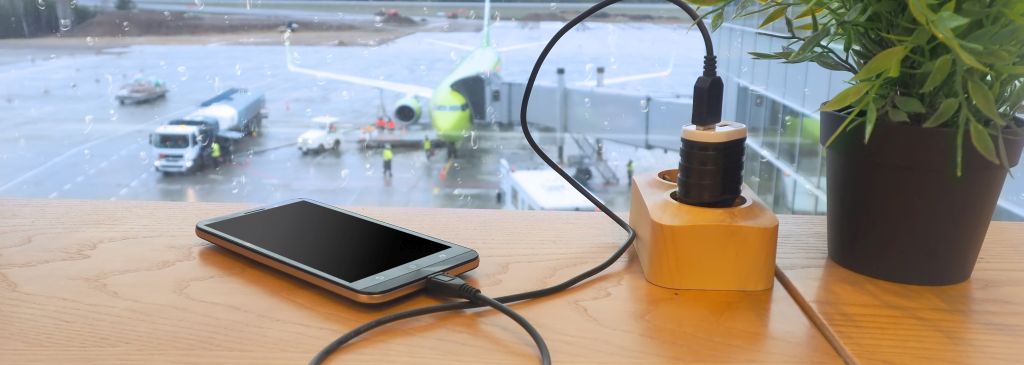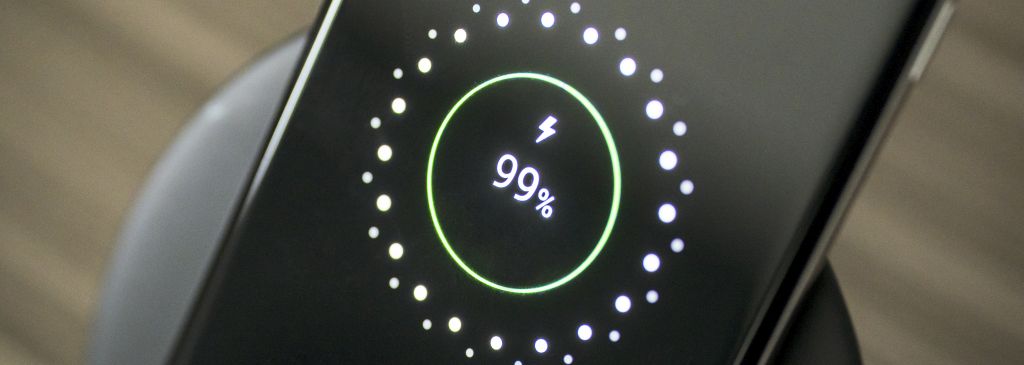Fast charge is becoming a standard for smartphones. For the time being, this functionality is included only in devices within a medium and high price range, but we might expect it will become more widely available in the near future. Although it’s hard to dispute the advantages of fast charge, some say this option is bad for batteries. Let’s see how close to the truth it is!
In this article you will find out:
- what fast charge is,
- what fast charge technologies are used in mobile phones,
- whether or not quick charge damages batteries,
- what charger with fast charge function to choose.
What is fast charge?
Fast charge is a technology that minimises the time needed to charge a battery. It was developed by a company known as Qualcomm, which launched the first devices with the Quick Charge option. It boosts the voltage of the current supplied to the battery. As a result, the charging process lasts much shorter than with the use of a standard charger.
Other manufacturers soon followed suit and came up with their own quick charge technologies. These technologies include:
- Apple Fast Charge,
- Samsung Adaptive Fast Charge,
- Motorola TurboPower,
- Pump Express (Sony, HTC, Meizu),
- Huawei Super Charge,
- Dash Charge
- Ultra Charge od Green Cell.
Some of them are similar to Quick Charge in that they also increase the voltage the current supplied to the battery. Others – for example Fast Charge by Huawei – boost the amperage. The ultimate goal is the same though: to minimise the time needed to recharge the battery. The technologies may be fully compatible with Quick Charge (e.g. Ultra Charge by Green Cell).

Pros and cons of fast charge
Fast charge is one of the most positive changes observed in the production of mobile phones of lately. Whenever your battery is low, you can quickly replenish it – be it during your lunch break or just before you leave home for work.
Fast charge offers you enormous flexibility and renders a brand new quality to your experience of using mobile devices. You could say it compensates for a short battery life, which is an issue we are all faced with after large touchscreens were introduced.
If fast charge is a desirable revolution, then how can we say it’s bad for your phone? Those who criticise this technology notice a considerable rise in temperature when the phone is connected to the power source. And heat is bad for batteries. It causes changes in the chemical structure of their components and effectively reduces battery life.
Ok, so much for the theory. Let’s have a closer look at it and consider the safeguards implemented in phones and chargers. We should remember that the batteries in phones and laptops have a shorter life than e.g. EV charging accessories, which also come with more safeguards. As a result, batteries in phones and laptops need to be replaced more frequently.


Does quick charge damage phone batteries?
Increasing amperage while charging boosts the temperature of the device. Does it mean the battery life will suffer? Absolutely not – the manufacturers took appropriate precautions. The devices with the fast charge function come with special sensors that protect the battery from overheating. If the temperature gets dangerously high, the power supply is disconnected.
And there’s more to it. Chargers also come with special safeguards. That’s why you can use them to recharge a phone which doesn’t have the Quick Charge or a similar function. The sensors prevent the charger from supplying excessive voltage to the phone, if the device has no overheating protection. As a result, the battery will recharge safely, but at a regular speed.
What is important? Make sure you are using a charger by a reputable manufacturer – cheap counterfeits bought from unknown stores may damage your battery. Plus, the device should be compatible with the fast charge technology.


How fast is fast?
You can find a range of fast chargers. Although all of them can come with the same USB-C plug, not all of them will be compatible with every phone with the relevant socket. How is it possible? This is because individual fast charge technologies differ. Quick Charge is not the same as Fast Charge etc. This means that some chargers will be more versatile than others. In order to learn whether or not you can use a specific charger with your phone model, you need to check which technology is used in the charger and which is included in your phone. Also, make sure you compare the charging parameters (voltage and maximum power). Please keep in mind there are a few standards in this respect, e.g. Quick Charge – version 1 offers the charging voltage of 5 V and intensity of 2A, while versions 2 and 3 use alternating voltage (3.6 V – 12 V in version 2.0 and from 3.6V to 20 V in version 3.) The charging time will partially depend on which technology you have in your phone.
Anyway, it’s definitely the safest option to use chargers designed specially for a specific phone model. If your charger is lost or damaged, look for a suitable replacement in our online store. Just look for the same parameters and you can’t go wrong!
Veronica Jones
Related posts
Most viewed entries
- Polish Inventors Who Changed the World – Do You Know Them All?
- The Scariest Myths About Electronic Devices – Halloween 2024
- The history of bicycle – International Bicycle Day
- Electricity in a camper van on holiday – a conundrum easily solve
- Off-grid installation on a plot. Is it worth it?
- Charging your electric car at home without a wallbox

